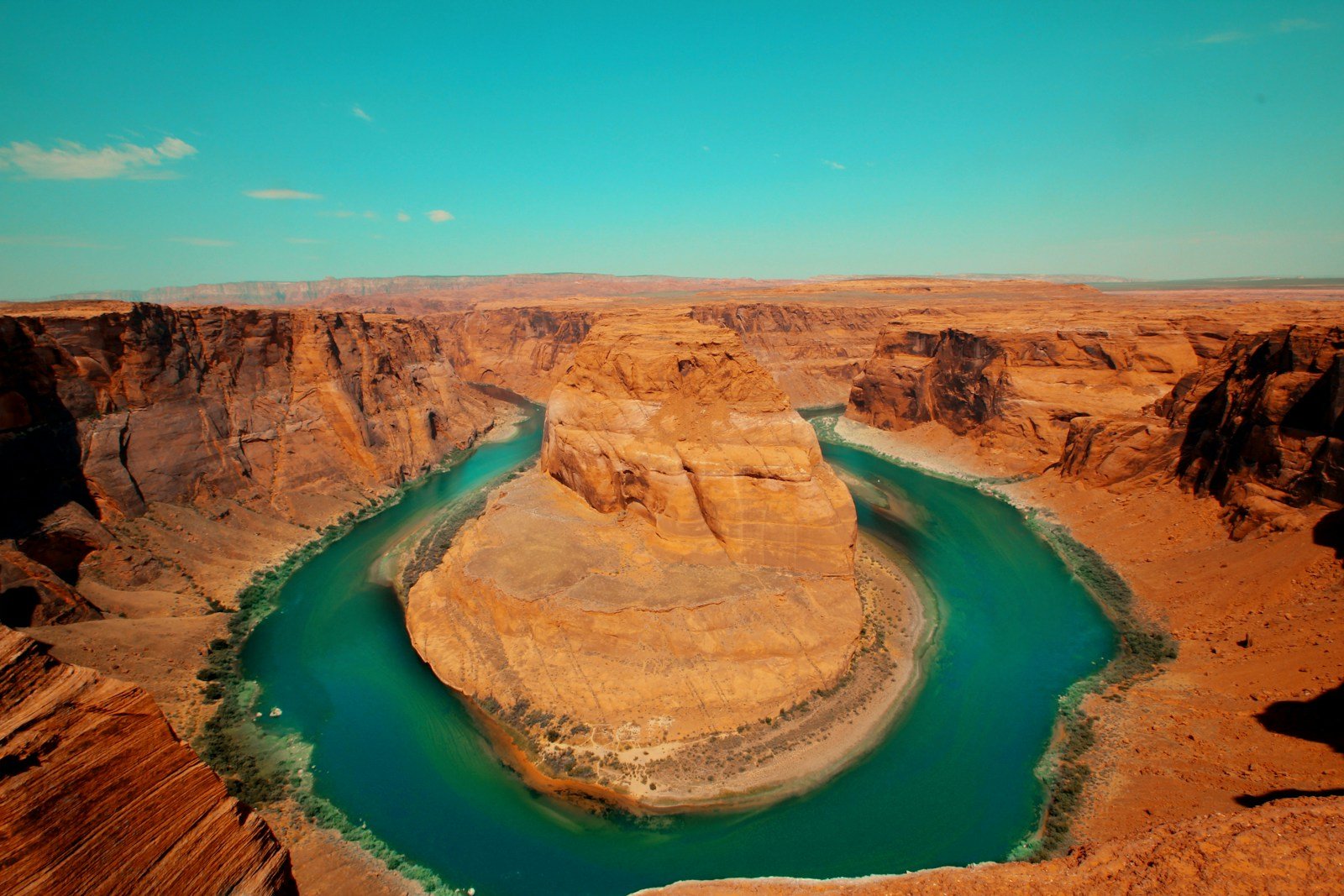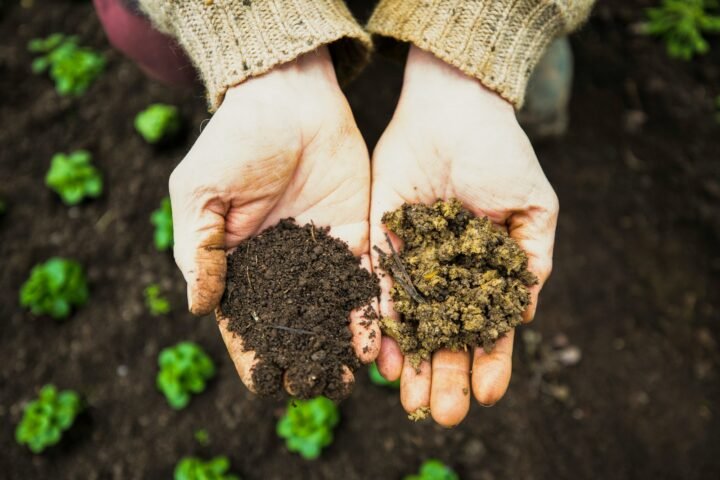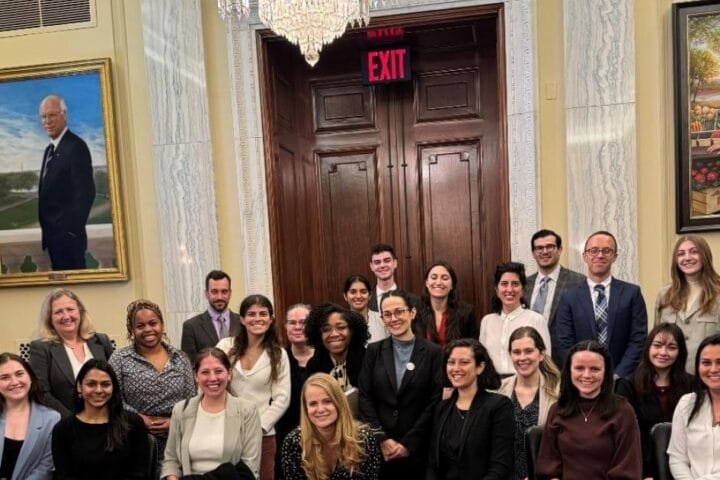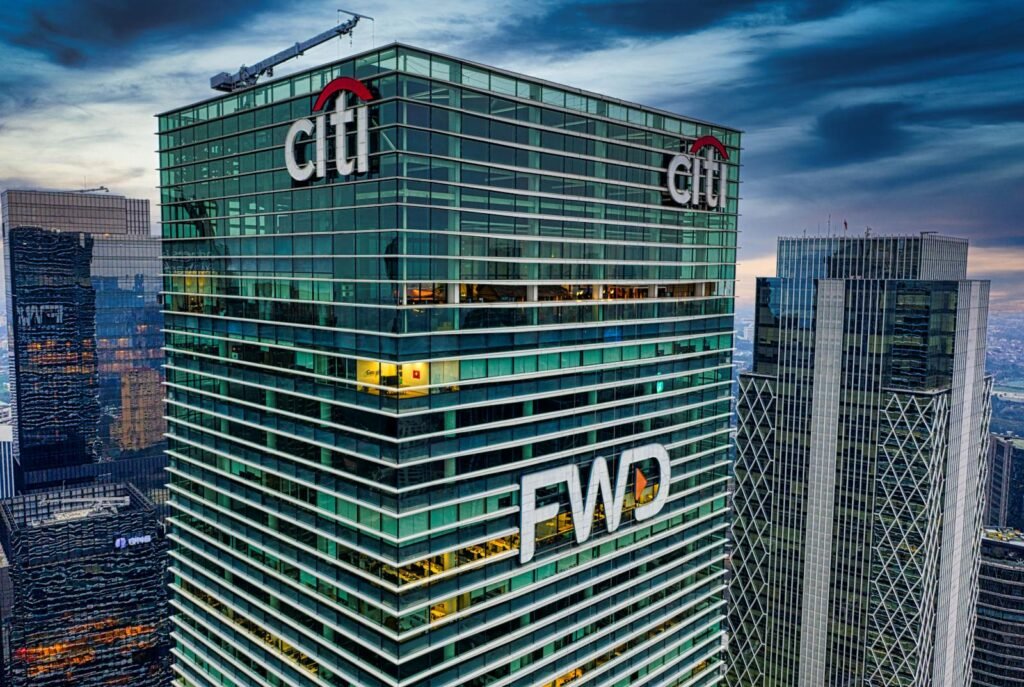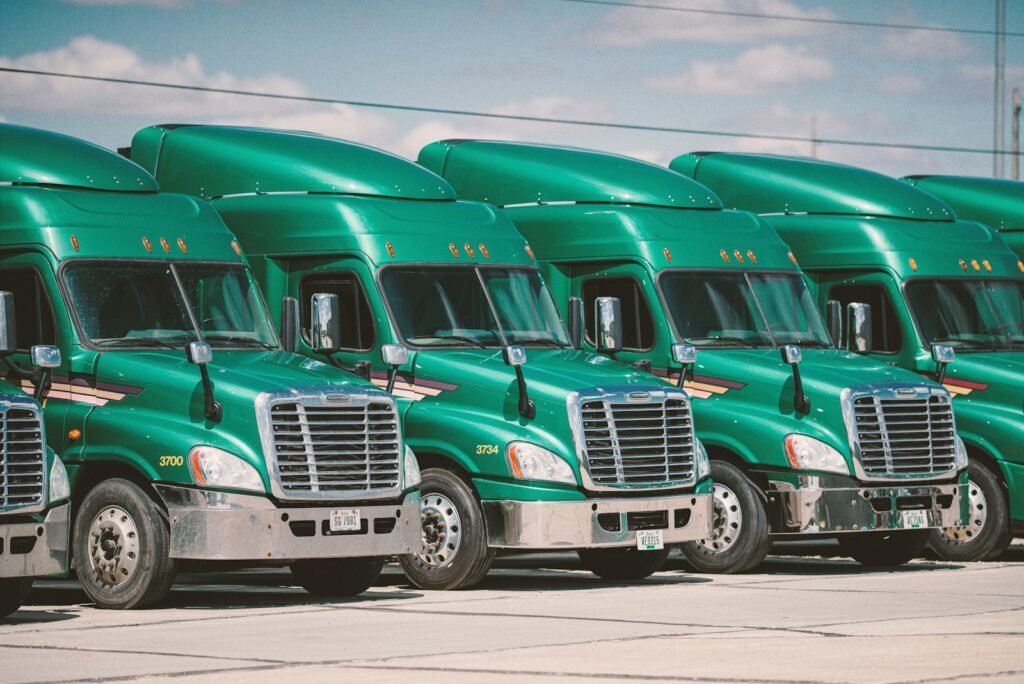Overview:
- The Colorado River has been heavily altered by human activity, with only 19% of its water now consumed by the natural environment.
- Livestock feed, primarily for cattle, accounts for roughly one-third of the Colorado River’s annual flow, while irrigation for crops uses more than half of the river’s flow.
- Water users in seven states, Native American tribes, and the federal government are in negotiations over how to allocate the diminishing resource, with disagreements over how to reduce demand by different factions.
Highlights:
- Today, the Colorado is so siphoned and stalled by canals and dams that only a trickle of its water ever reaches the sea. Its terminus is now a salt flat.
- A new study, published in the journal Communications Earth & Environment, looks at where all of that water is going.
- Water for cattle-feed crops — alfalfa and other grasses — accounted for roughly one-third (32%) of the Colorado River’s annual flow, the study found. Agriculture accounts for about three times the usage of cities.
- It’s long been known that the Colorado River — and the 40 million people who rely on it — are facing a crisis. Water is overallocated. More is promised to cities and irrigators than typically exists. Climate change is shrinking the available pool.
- It’s estimated that livestock farming produces between 11.1 % and 19.6% of the world’s climate-warming emissions.
Read the study directly:
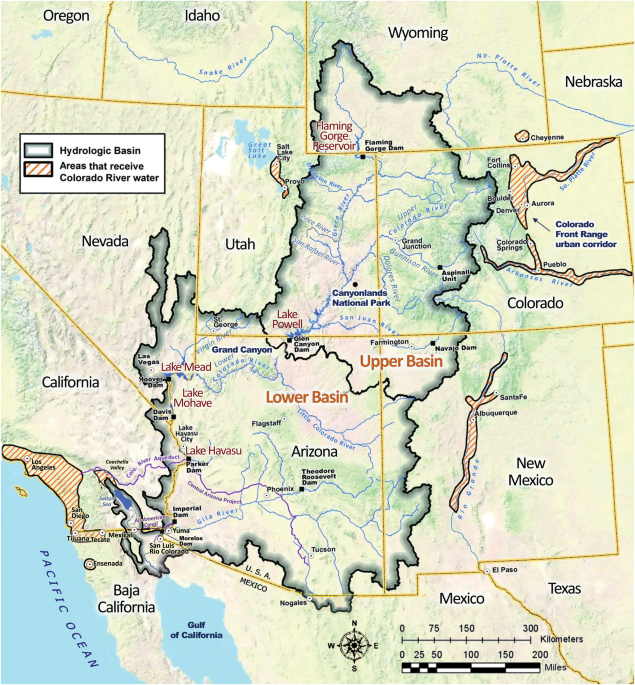
New water accounting reveals why the Colorado River no longer reaches the sea – Communications Earth & Environment
Comprehensive accounting for consumptive water uses in the Colorado River Basin, United States indicates that irrigated agriculture consumes half of all river flows; nearly two-thirds of agricultural water goes to cattle feed crops.
Read the full post at Google News.
